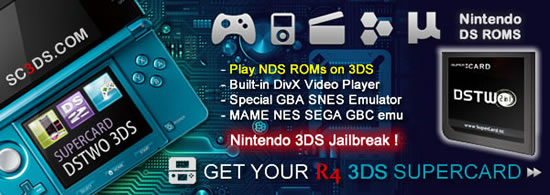
Thirdly there could of course be issues at play here beyond the purely technical. I know the first time I heard the Balloon Fight theme in proper speed I was completely freaked out, and trying to play the original Super Mario Bros or Lost Levels in 60Hz after a lifetime playing them differently is incredibly jarring. Nostalgia is after all the main appeal of virtual console, and it’s possible a player could be turned off if they repurchased a beloved game from their childhood only to find it was much faster than they remembered and difficult to play. Or maybe Nintendo just wants to make sure the games are as their audience remembers them. What if a game only supports English in the US but has support for various languages in Europe? What if the game has significant branding or character name differences between regions? Nintendo’s hardly likely to retrofit a NTSC ROM with European translations or differences, so the easiest thing to make sure the game is accessible is to just release the PAL game in PAL territories. Even in the NES and SNES days, games were altered by their regional representatives of the developer or publisher to make sure the experience suit the locale. Well first on the possible rationale list is the issue of localisation. So what gives? What possible reasons could Nintendo have for not just making the original versions available for everyone? F-Zero is 60Hz, but the just-released Super Metroid is not. The NES port of Pac-Man is 60HZ, while Kirby is 50HZ. The problem is, not all of them have recieved the same treatment.
How to install wii ntsc u complete virtual console full#
With the full release of virtual console on Wii U it seemed times had changed, with many games running at their full framerate. After the first few 30 cent games turned out to be the slower releases though (including Balloon Fight and Kirby’s Adventure, which are completely compromised at 50Hz), people took to Miiverse and petition sites in droves to voice their displeasure. Many fans were hopeful that Nintendo would see the light when re-releasing games on their new HD system, and that the Wii U would see 60Hz releases globally. Others, like Mario Kart 64, were altered after the fact by Nintendo to make sure they were up to par. Some of the games, like Donkey Kong Country, were pretty well optimized back in the day so it wasn’t really noticeable. The Wii virtual console was almost entirely made up of 50Hz versions. Now that televisions the world over are capable of processing the same signals, Nintendo can just release the 60Hz versions everywhere so we all get the best version, right? Well, no. Some games simply ran 17 per cent slower, including player movement and background music, while some games were manually altered or sped up to better fit the slower speed (with varying degrees of success).

The issue is that back in the day televisions manufactured in Europe and Australia displayed signals at 50 frames per second, as opposed the 60 frames in the US and Japan, and the video game machines and cartridges were designed accordingly. Regardless of whether you live in a PAL region or an NTSC region, you’ve probably caught wind of some recent discussion about virtual console and the difference between 60Hz and 50Hz versions of old games.


 0 kommentar(er)
0 kommentar(er)
